Forest Disease Control: Protecting Our Ecosystems Effectively
- August 19, 2024
- 0 comment
Forests, often referred to as the lungs of our planet, are vital to maintaining ecological balance, biodiversity, and climate regulation. However, these ecosystems are increasingly threatened by various diseases that can have devastating effects on both the environment and the economy.

Effective forest disease control is essential to protect these natural resources and ensure their sustainability for future generations. This comprehensive guide, explores the significance of forest disease control, the challenges faced, and the strategies employed to safeguard our ecosystems.
List of Forest Disease Control:
- Impact of Forest Diseases
- Challenges in Forest Disease Control
- Strategies for Forest Disease Control
- Innovative Solutions in Forest Disease Control
Understanding Forest Diseases
Forest diseases can be caused by a variety of pathogens, including fungi, bacteria, viruses, and nematodes. These diseases can lead to significant damage to trees, disrupting forest ecosystems and affecting biodiversity. Some of the most common forest diseases include:
- Fungal Diseases: Fungi are the most common pathogens affecting forests. They can cause diseases like root rot, cankers, and wilts. For instance, Armillaria root rot affects a wide range of tree species and can lead to tree mortality if not managed properly.
- Bacterial Diseases: Bacterial diseases, though less common, can have severe impacts on forest health. Bacterial leaf scorch and fire blight are examples of bacterial infections that can weaken trees and make them more susceptible to other pathogens.
- Viral Diseases: Viruses are often spread by insect vectors and can cause significant damage to trees. Cherry leaf roll virus is an example that affects a variety of hardwood species.
- Nematode Infestations: Nematodes are microscopic worms that can damage tree roots, leading to reduced growth and increased susceptibility to other diseases. Pine wilt disease, caused by the pinewood nematode, is a significant threat to pine forests worldwide.
1. Impact of Forest Diseases
The impact of forest diseases extends beyond individual trees, affecting entire ecosystems and human activities. Some of the major impacts include:
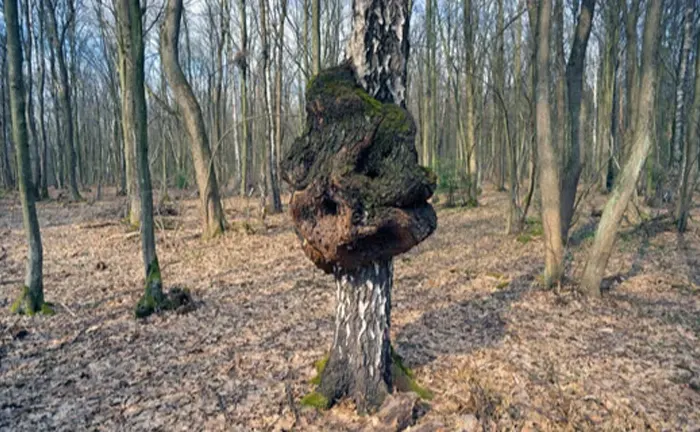
- Biodiversity Loss: Diseases can lead to the decline or extinction of certain tree species, resulting in reduced biodiversity. This loss of diversity can disrupt food chains and ecological interactions, affecting wildlife and plant communities.
- Economic Consequences: Forests provide valuable resources such as timber, non-timber forest products, and tourism opportunities. Disease outbreaks can lead to economic losses due to decreased timber production, increased management costs, and reduced recreational value.
- Carbon Sequestration: Forests play a crucial role in carbon sequestration, helping mitigate climate change by absorbing carbon dioxide from the atmosphere. Diseased forests have reduced capacity to sequester carbon, contributing to increased greenhouse gas concentrations.
- Ecosystem Services: Forests provide essential ecosystem services, including water regulation, soil protection, and air purification. Disease outbreaks can disrupt these services, leading to negative impacts on human communities and natural habitats.
2. Challenges in Forest Disease Control
Effective forest disease control is complex and faces several challenges, including:
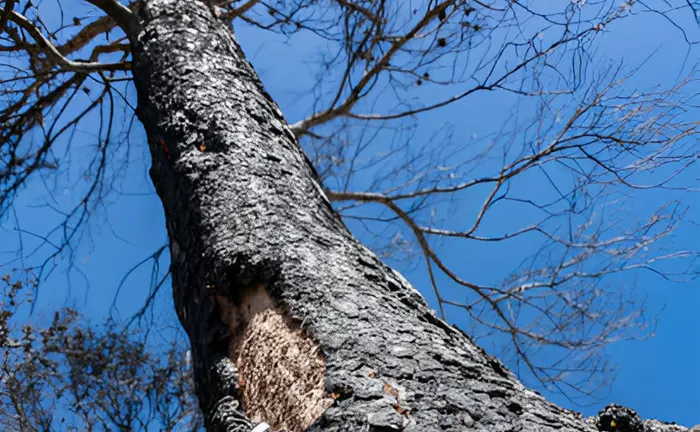
- Climate Change: Climate change can alter the distribution and severity of forest diseases by creating favorable conditions for pathogen growth and spread. Warmer temperatures, increased precipitation, and extreme weather events can exacerbate disease outbreaks.
- Global Trade and Movement: The global movement of goods and people can introduce non-native pathogens to new regions, leading to the emergence of invasive diseases. For example, the introduction of the emerald ash borer to North America has resulted in significant ash tree mortality.
- Limited Resources: Many regions face limited financial and human resources for disease monitoring, research, and management. This lack of resources hinders the implementation of effective disease control measures.
- Complex Ecosystem Interactions: Forests are complex ecosystems with intricate interactions between organisms. Understanding these interactions and predicting disease dynamics can be challenging, making it difficult to develop targeted control strategies.
3. Strategies for Forest Disease Control
Despite the challenges, several strategies can be employed to effectively control forest diseases and protect our ecosystems:
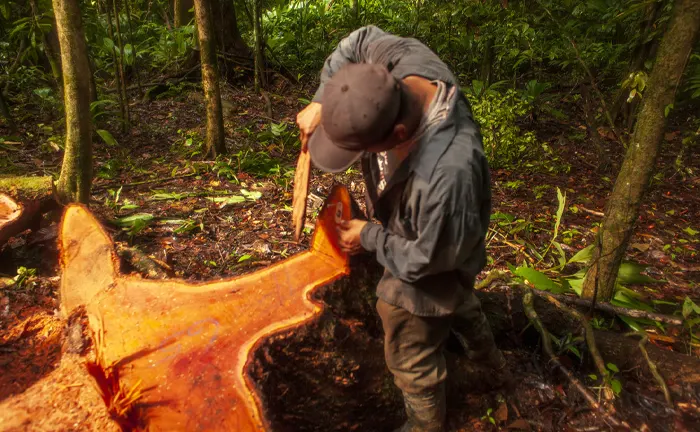
- Monitoring and Early Detection: Regular monitoring of forest health is crucial for early disease detection. Remote sensing technologies, such as satellite imagery and drones, can help identify disease outbreaks and assess their extent.
- Integrated Pest Management (IPM): IPM is a holistic approach that combines various control methods, including biological, cultural, and chemical strategies, to manage forest diseases. This approach minimizes the use of pesticides and promotes sustainable management practices.
- Biological Control: Biological control involves the use of natural enemies, such as predators, parasites, and pathogens, to manage forest diseases. For example, introducing predatory beetles can help control populations of invasive bark beetles.
- Silvicultural Practices: Silvicultural practices, such as thinning and selective harvesting, can improve forest health and reduce disease susceptibility. Proper forest management can enhance tree vigor and resilience to pathogens.
- Resistant Varieties and Genetic Diversity: Planting disease-resistant tree varieties and maintaining genetic diversity within forest populations can enhance resilience to diseases. Breeding programs can develop tree species with improved resistance to specific pathogens.
- Public Awareness and Education: Raising public awareness about forest diseases and their impacts is essential for garnering support for disease control efforts. Education programs can encourage responsible behavior and participation in disease prevention initiatives.
4. Innovative Solutions in Forest Disease Control
Advancements in technology and research are paving the way for innovative solutions in forest disease control:
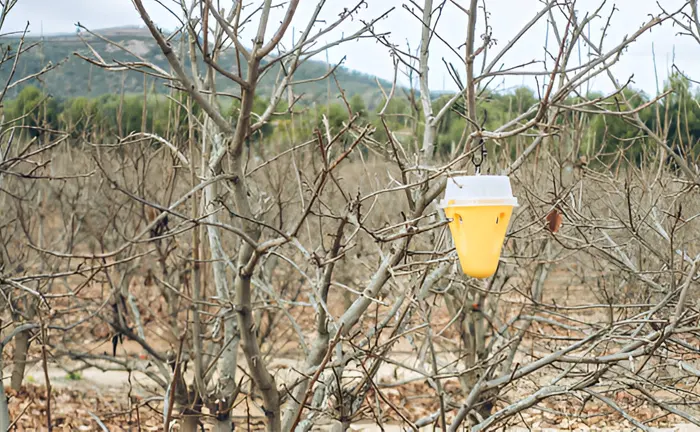
- Genomic Techniques: Genomic tools, such as DNA sequencing, can provide insights into the genetic makeup of pathogens and host trees. This information can aid in the development of targeted control strategies and disease-resistant tree varieties.
- Remote Sensing and Geographic Information Systems (GIS): Remote sensing and GIS technologies enable the mapping and monitoring of forest health on a large scale. These tools facilitate early detection of disease outbreaks and help prioritize management efforts.
- Predictive Modeling: Predictive models use data on climate, host susceptibility, and pathogen behavior to forecast disease outbreaks and assess the effectiveness of control measures. These models can guide decision-making and resource allocation.
- Biotechnology and Genetic Engineering: Biotechnology offers the potential to develop genetically engineered trees with enhanced disease resistance. Genetic engineering can introduce specific traits that improve tree resilience to pathogens.
Case Studies: Successful Forest Disease Control Initiatives
Examining successful forest disease control initiatives can provide valuable lessons and insights:
- The Chestnut Blight Resistance Program: The American chestnut tree, once a dominant species in eastern North America, was devastated by chestnut blight. The Chestnut Blight Resistance Program has made significant progress in developing blight-resistant hybrids, offering hope for restoring this iconic species.
- The Fight Against Dutch Elm Disease: Dutch elm disease has decimated elm populations worldwide. Efforts to combat the disease have included the development of disease-resistant elm varieties and the implementation of sanitation measures to remove infected trees.
- Managing Sudden Oak Death: Sudden oak death, caused by the pathogen Phytophthora ramorum, poses a threat to oak and tanoak species. Integrated management strategies, including monitoring, sanitation, and the use of fungicides, have been employed to control the spread of the disease.
Final Conclusion
Forest disease control is a critical component of protecting our ecosystems and ensuring their long-term sustainability. By understanding the causes and impacts of forest diseases, implementing effective control strategies, and embracing innovative solutions, we can safeguard these vital resources for future generations. Collaborative efforts among governments, researchers, and communities are essential in achieving successful disease management and preserving the health and resilience of our forests.
Frequently Asked Questions (FAQs)
- What are the most common forest diseases?
Common forest diseases include fungal infections such as root rot and cankers, bacterial diseases like fire blight, viral infections spread by insects, and nematode infestations such as pine wilt disease. - How does climate change affect forest disease control?
Climate change can exacerbate forest diseases by creating favorable conditions for pathogen growth and spread. Warmer temperatures and increased precipitation can lead to more frequent and severe disease outbreaks. - What role does biodiversity play in forest disease control?
Biodiversity can enhance forest resilience to diseases by promoting a diverse range of species with varying levels of susceptibility. Maintaining genetic diversity within tree populations can reduce the impact of diseases. - What is Integrated Pest Management (IPM)?
IPM is a holistic approach to managing forest diseases that combines biological, cultural, and chemical control methods. This approach aims to minimize pesticide use and promote sustainable management practices. - How can technology aid in forest disease control?
Technology, such as remote sensing, GIS, and genomic tools, can enhance disease monitoring, early detection, and the development of targeted control strategies. These advancements improve the efficiency and effectiveness of disease management efforts. - What is the importance of public awareness in forest disease control?
Public awareness is crucial for garnering support for disease control initiatives. Education programs can encourage responsible behavior and participation in disease prevention efforts, leading to more successful outcomes. - How can we manage invasive species that contribute to forest diseases?
Managing invasive species requires early detection, rapid response, and coordinated efforts among stakeholders. Strategies include biological control, habitat restoration, and public education to prevent the introduction and spread of invasive species. - Why is early detection important in controlling forest diseases?
Early detection allows for prompt intervention, reducing the spread and impact of forest diseases. It enables forest managers to implement targeted control measures, minimizing damage and preserving forest health. - How do resistant tree varieties contribute to disease control?
Resistant tree varieties can significantly reduce the impact of diseases by limiting the pathogen’s ability to spread and cause damage. Breeding programs focus on developing and planting these varieties to enhance forest resilience. - What are the economic impacts of forest diseases?
Forest diseases can lead to significant economic losses due to reduced timber production, increased management costs, and decreased recreational and tourism opportunities. Effective disease control can help mitigate these financial impacts.

Gilbert Griffin
Forestry AuthorGilbert Griffin is a forest management expert specializing in sustainable practices, forest health, conservation, and land management. With extensive knowledge in pest control, disease management, and habitat restoration, Gilbert develops strategies to preserve forest ecosystems and biodiversity. Passionate about the natural world, Gilbert adapts to changes in forest management and stays updated through continuous learning. Gilbert also provides seasonal advice to optimize forest care throughout the year.



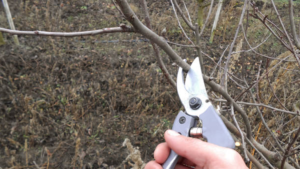



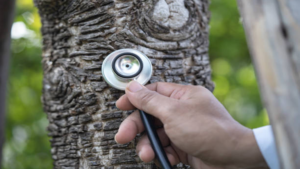
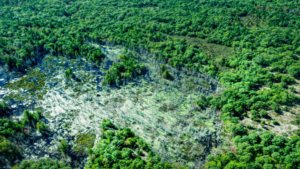


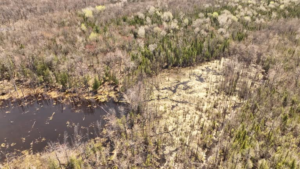
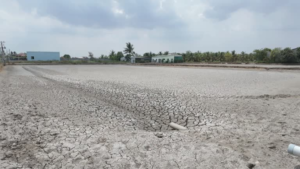
Leave your comment